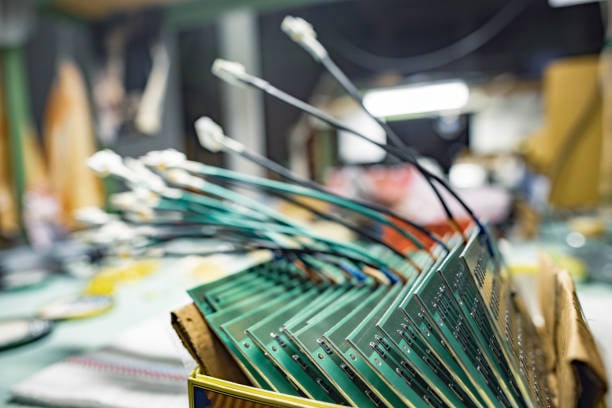Introduction: What is On Cell Display & In Cell Display?
On Cell Display (OCD) and In Cell Display (ICD) are two types of display technologies used in electronic devices. OCD is a type of display technology that allows the user to see the content on the screen without having to scroll or move around the page. ICD, on the other hand, allows users to interact with content directly within a cell or box by scrolling or moving around the page. Both of these technologies offer advantages in terms of ease-of-use, cost savings and improved user experience for digital products.
Advantages & Disadvantages of On Cell Displays
On-cell displays are becoming increasingly popular in the mobile device market. They offer many advantages over traditional LCDs, such as improved image quality, thinner form factor and lighter weight. However, there are also some potential drawbacks associated with on-cell displays including reduced durability, higher power consumption and limited viewing angles. This article will explore the advantages and disadvantages of on-cell displays to help you decide if they are right for your needs.
Advantages & Disadvantages of In Cell Displays
In Cell displays are a type of LCD technology that combines the touch panel and LCD module into one piece. This technology offers several advantages, such as improved image quality, thinner displays, and lower power consumption. However, there are also some drawbacks to consider when using this technology, such as decreased durability and more complex assembly process. In Cell displays can be an ideal choice for certain applications depending on the user's needs.
Comparison Between On Cell and In Cell Displays
On cell and in cell displays are two types of LCD displays used in mobile devices. On cell displays are created by incorporating the touch sensor within the LCD panel, while in cell displays have a separate touch sensor layer that is integrated into the display. On cell displays offer better performance, faster response time, and improved visibility, while in cell displays provide better durability and cost-efficiency. Both types of display technologies have their own advantages and disadvantages, so it's important to consider both when selecting a display for a mobile device.
Which Type of Display Is Right for Your Business
The type of display you choose for your business can have a major impact on customer engagement and sales. There are many different types of displays available, from traditional LCD to LED, OLED and interactive displays. Each type has its own advantages and disadvantages, so it is important to consider the needs of your customers before selecting the right display for your business.
Contact a member of the NISIN Optoelectronics Team right away for more details.

